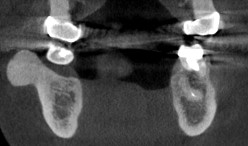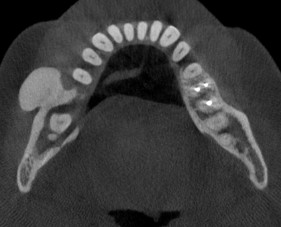Pathology
The accurate and early diagnosis of oral disease is the cornerstone of effective and comprehensive dental care. At Our Laboratories, that is precisely what our expert oral and maxillofacial pathologists help dentists and physicians offer patients.
Diagnoses you can trust:
- Knowledgeable pathologists with a combined 80-plus years of experience.
- The oldest continuous oral biopsy service and only graduate oral pathology training program in Ohio.
- Patient specimens independently reviewed by two boarded oral pathologists.
- State-of-the-art testing; including direct immunofluorescence, immunohistochemistry, in-situ hybridization and molecular analysis insures diagnostic accuracy.
- Close collaborative ties with pathology specialists at the OSU Wexner Medical Center, including dermatopathology and hematopathology.
- Clinical consultations available for your patients with board-certified oral pathologists.
Oral and Maxillofacial Pathology is the specialty of dentistry and pathology which deals with the nature of disease, identification, and management of diseases affecting the oral and maxillofacial regions. Additionally, it investigates the causes, processes and effects of these diseases. The practice of oral and maxillofacial pathology includes research and diagnosis using clinical, radiographic, microscopic and biochemical examination as well as management of patients. Oral pathology involves diagnosing and treating diseases that affect the mouth, such as cysts, tumors, precancerous and cancerous lesions.


Different lesions in the mucosa of the mouth may occur. These vary in nature and clinical presentation. Upon clinical examination, they may include an outgrowth (a bump), a white or red plaque or an ulcer but are not necessarily painful. These legions have very diverse origins, ranging from fungal infection, chronic mucosal trauma to precancerous lesion. A soft tissue lesion, although asymptomatic, should be taken seriously and evaluated by one of our specialists. Discuss this with your dentist!
Often detected during routine dental radiographs at the dentist, bone lesions can have serious consequences, such as loss of teeth, chronic infections and weakening of the jaw, which can lead to jaw fractures.
Oral cancer is a disease that affects more than 700 Quebecers and nearly 5000 Canadians every year. The main risk factors are smoking and alcohol intake. A white and/or red lesion, a persistent ulcer and a hard gingival mass are signs of a precancerous or cancerous lesion that might be identified by you or your dentist.
